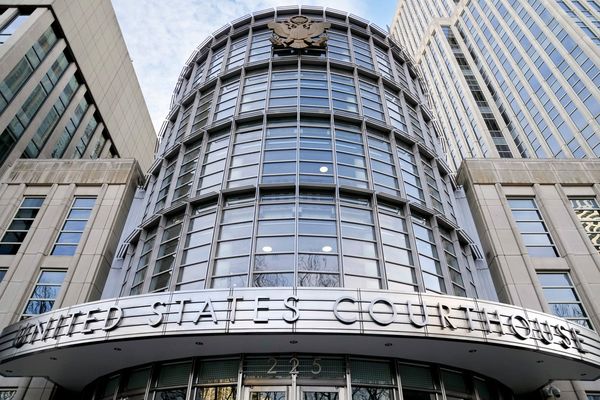
Two major fires that hit bustling areas of Bangkok have shed light on serious flaws in the city's disaster management.
A deadly fire that hit Sampheng on late Sunday morning followed a blaze at Bon Kai that occurred less than a week earlier.
The Sampheng fire claimed two lives, both were workers at a three-storey shophouse selling plastic bags and paper boxes, which are flammable materials.
Initially, it was believed that an ageing power transformer, located near a burnt shop, was the source of the fire. According to the Metropolitan Electricity Authority (MEA), the transformer in question had been used for 20 years, and it was due to be decommissioned in five years.
A senior MEA official reportedly suspected an internal fault in the transformer as some passers-by told the authorities they saw smoke billowing from it early in the morning. But no action was taken before the transformer eventually exploded, creating the flames that engulfed the shop.
The shop's owner has claimed that the transformer had problems before and he is now suing the MEA for 10 million baht in damages.
As the authorities are investigating the fire's cause, damages and losses from both incidents suggest a poor crisis response by the relevant agencies, including firefighters and volunteers from private rescue teams.
Unlike Bon Kai where crowdedness and narrow sois made it difficult for firemen to access the area, the Sampheng shophouses are on the main road, so accessibility was not a problem.
But little has been said about why it took so long for MEA officials to reach the location and deal with what occurred.
Bangkok governor Chadchart Sittipunt is right in pinpointing the absence of on-site commanders in the Sampheng case who might have streamlined the fight-fighting operation. Without commanders, the task was in the hands of firefighters and rescue workers who perhaps lacked training in handling such a situation.
If accounts from Sampheng eye-witnesses are true, the MEA owes the public an explanation over why it failed to act sooner so the fire could have been better controlled.
Moreover, those fighting the fire tried using water to douse the flames from the burning transformer which would have only helped make matters worse given the nature of the fire.
A burning transformer needs to be extinguished through the use of chemical agents. The use of water shows those handling the Sampheng fire lacked the essential knowledge to do so. It's highly possible that the water tainted with oil from the transformer might have accelerated the fire.
Regardless of what the cause was, the BMA has to revamp its disaster management system, fire prevention plans and fire drills, and ensure that necessary instruments are ready.
Mr Chadchart has already asked the MEA to check the condition of the city's power transformers so as to avoid a repeat of the Sampheng blaze.
But the governor must not stop there. He should look further and put in place certain requirements such as storage limits for inflammable materials at shops or factories, in addition to necessary prevention measures like the installation of fire extinguishers and fire exits.
It's imperative that the governor and related agencies, including the MEA, confront the problem, learn from such hard lessons, and do whatever can be done to avoid yet another repetition.







